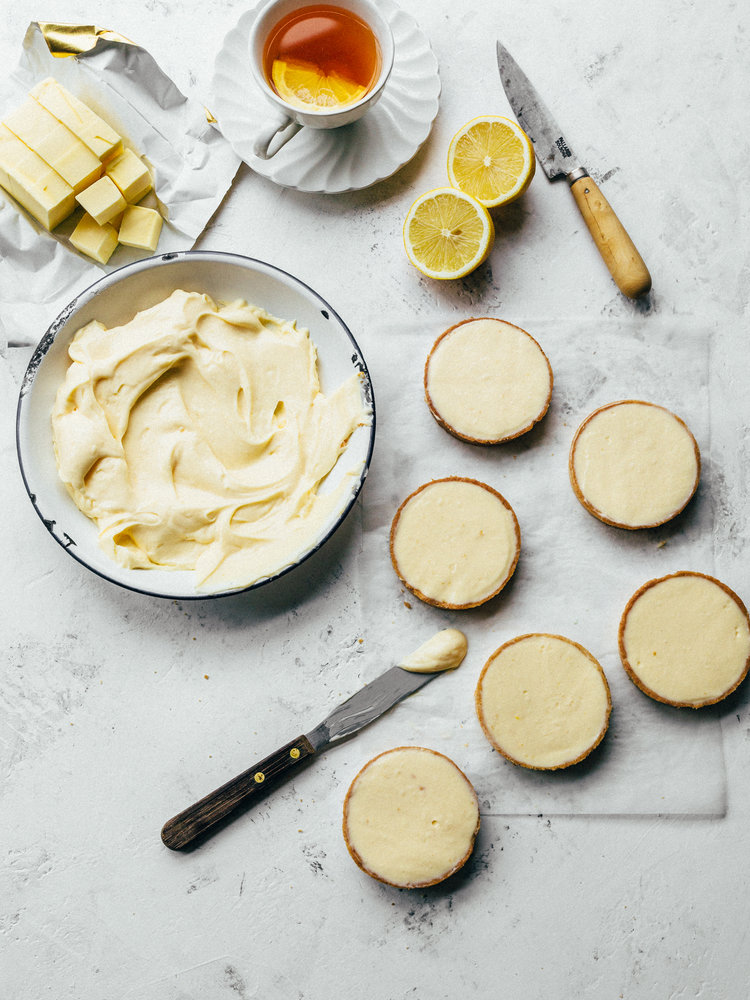Rolling over in bed before going to sleep should not result in stabbing pain in your heel, yet apparently it’s a thing, plantar fasciitis, for a moderately active woman of a certain age.
Just to re-state the obvious: menopause is crap. Growing old is not for wimps.
A few different factors can lead to heel pain, including sciatica and the heel version of carpel tunnel syndrome but one of the most common causes is plantar fasciitis.
Luckily self-care treatments can help reduce the pain and inflammation linked to plantar fasciitis so I’m going to try the obvious before panic sets in.

The following treatments are available to self-administer at home:
- Ice: Advice is to apply ice three or four times a day for about 15 minutes at a time. It’s advisable to wrap an ice pack in a damp towel and place it on the heel. Since ice seems to be making things feel worse (though it is the best advice) I’m going to try relaxing with heat packs as well. My coach recommends an alternating sequence of heat and ice.
- Non-steroidal anti-inflammatory drugs (NSAIDs): NSAISs may also help reduce discomfort and inflammation. Ibuprofen and paracetamol combined are my go-to pain relief so they’re definitely on the menu for the next few days
- Orthotics: Foot orthotics are custom foot supports to places them in the shoes. Orthotics can support the arch, which helps evenly distribute the weight placed on the heel when a person walks. But since I spend my life in flats, and definitely use decent sports shoes, I’m going to passion these for now
- Splint: Wearing a splint at night might also help. The splint stretches the arch and calf, and may decrease discomfort. At the moment this sounds like more trouble than it’s worth.
- Switching activities: It might also be helpful for people to switch from high-impact activities, such as running, to exercise that is easier on the heel. Low-impact options include swimming and walking. Since I hate these and love tennis, this just isn’t going to happen
Exercises

Certain stretches can help heel pain.
Plantar fasciitis can disrupt workout routines.
Continuing to partake in certain activities can make heel pain worse, but remaining idle and avoiding exercise is not beneficial.
Exercise is still possible when dealing with plantar fasciitis. The key is to avoid activities that place a lot of force on the heel.
Stretches for plantar fasciitis
According to the American Academy of Orthopaedic Surgeons, certain stretches can help reduce heel pain and prevent plantar fasciitis from reoccurring.
People who have plantar fasciitis pain in the morning might want to carry out the following stretches as soon as they wake up.
Seated Fascia Stretch (this worked like a miracle of pain relief for as long as I held the stretch)
- Sit in a cross-legged position at the end of the bed or a chair.
- Place the affected foot over the knee of the other leg.
- Grab the heel of the painful foot with one hand and the toes with the other hand.
- Gently pull up on the toes, while at the same time pulling up on the heel. Bending the toes up stretches the fascia.
- Bending the ankle up stretches the Achilles tendon, which may help decrease pain.
- Hold the stretch for about 10 seconds.
- Relax the foot and repeat 10 to 20 times. If both feet are experiencing pain, repeat the exercise on the other foot.
Seated Ankle Pumps (this hurt like hell a few times into the repetition)
- Sitting in a chair, hold the leg out straight and flex and extend at the ankle joint.
- This exercise stretches both the fascia and the calf muscle.
- Hold the stretch for 5 seconds and repeat 10 times on each foot.
Standing Calf Stretch (felt it in my calf but not the heel)
- Place both hands on a wall, keep the back leg straight, and place the heel down.
- Pull the hips forward towards the wall until the stretch is felt in the back of the lower leg.
- Hold for 10 seconds and repeat several times.
- If the heel on the opposite leg hurts, repeat the stretch on that leg too.
Medical treatment options
Although home treatments can be enough to decrease heel pain from plantar fasciitis, they might not always have the desired effect.
If home treatment is not successful, a doctor might recommend additional medical treatments, such as:
- Steroid injections: When heel pain persists, steroid injections are an option. The doctor injects an anti-inflammatory steroid medication into the heel. Frequent steroid injections can weaken the fascia, so injections cannot be given too frequently.
- Surgery: This can be a possible last resort. There are several different surgical procedures for reducing heel pain. For example, a procedure called a plantar fascia release involves partially cutting the fascia to reduce the tension of the tissue.
Visiting a physiotherapist worked with tennis elbow (from housework rather than tennis) so I may make some appointments with my local recommended physiotherapist to see if she can work on my heel. I’ll certainly try this long before I visit the doctor for injections or the hospital for surgery.
Causes
The plantar fascia is a ligament that runs underneath the soles of the feet. It connects the heel bones to the front of the feet and also supports the arch.
The fascia normally serves as a shock absorber, but repeated stress to the heel can lead to small tears in the tissue. This tissue damage causes inflammation in the fascia known as plantar fasciitis.
There are a few different causes of plantar fasciitis. The ligament can become inflamed due to repeated force from high-impact activities and sports that involve a lot of jumping. Wearing high heels may also place stress on the fascia.
Having a job that requires a lot of standing or walking increases the chances of developing the condition. People with flat feet may also be more likely to develop plantar fasciitis. Flat feet can cause an uneven distribution of weight when someone walks, which puts added stress and pressure on the fascia.
Prevention

Choosing comfortable shoes can help reduce symptoms of heel pain.
Stretching can be helpful in decreasing the symptoms of plantar fasciitis and also preventing the condition from developing. In addition to stretching, a few steps might help prevent plantar fasciitis.
People can start by wearing the right shoes. Avoid high heels as they can place stress on the heel. Shoes with a moderate heel and sturdy arch support can help.
Be sure to always wear footwear and avoid being barefoot for long stretches of time. The lack of support could lead to heel pain.
Athletic shoes provide good support and cushion the feet. A 2011 study suggests that running or athletic shoes should be replaced every 500 miles. Start exercise slowly and gradually increase intensity to prevent plantar fasciitis.
Symptoms
The most common symptom of plantar fasciitis is pain in the heel and sometimes the arch of the foot.
The pain usually starts mild, and people often feel it when stepping out of bed in the morning, as well as after sitting for a long period. Although pain levels can vary, discomfort often decreases after walking around for a while.
The pain from plantar fasciitis can last a long time, and complications can develop. Continued inflammation of the fascia can lead to the development of scar tissue. This can make the condition harder to treat.
Plantar fasciitis can also cause pain elsewhere in the body. For example, when someone has heel pain, they might adjust the way they walk without realizing it.
Knee, hip, and back problems can develop due to changing body movements.

















